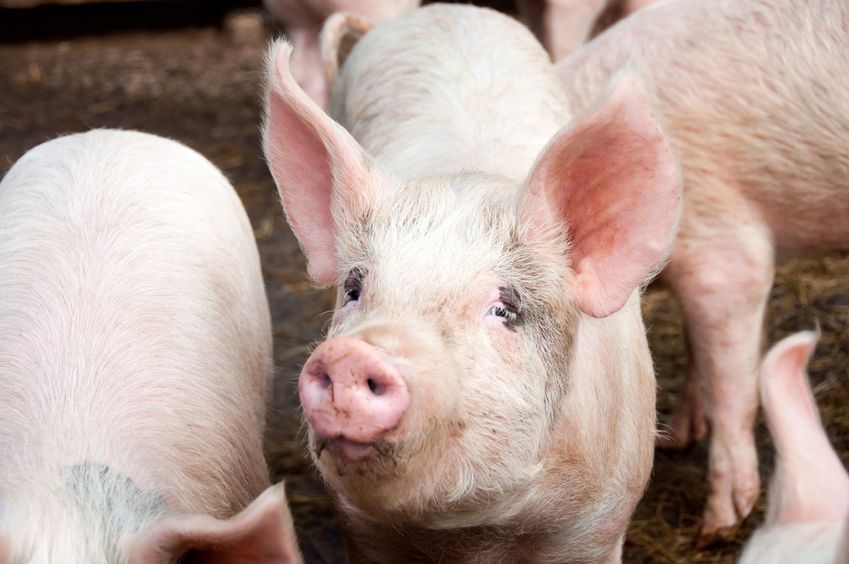
Government and regulatory agencies should take early action to repair local authority planning processes, which have become progressively more clunky in recent years, says the National Pig Association.
Keeping livestock in new buildings dramatically reduces the need for veterinary interventions, yet pig farmers in particular are finding it increasingly difficult to get planning permission to replace worn-out buildings.
Therefore, as part of its recently introduced Pig Industry Antibiotic Stewardship Programme, the NPA is urging Government to issue binding guidance on four fronts:
• That the level of detail demanded by planners should be proportionate to the scale of the application.
• That planners should reject all attempts at interference by animal rights and vegan organisations, as such organisations are opposed to all livestock farming on principle, and their arguments are irrelevant to the planning process.
• That planners should not accept representations from third parties after a consultation period has ended, as it adds cost and uncertainty for the planning applicant.
• That strict timelines should be observed by statutory consultees such as the Environment Agency, to prevent unfeasible delays in the planning process.
New livestock housing breaks chain of infections
"The recent O'Neill report on antimicrobial resistance stressed one of the most fundamental ways to reduce use of antibiotics is to break the chain of transmission of infections and that's exactly what new pig housing does," said NPA's Dr Georgina Crayford, who leads the NPA Pig Industry Antibiotic Stewardship Programme.
"Many pig farmers are prepared to invest in new housing, if only they can get planning approval in the face of intimidatory campaigns by animal rights groups, and dithering by statutory consultees.
"O'Neill is right to warn that animals living in non-hygienic conditions can act as a reservoir of antimicrobial resistance and can accelerate its spread, and he is right to cite the importance of reorganising the planning of production sites to help reduce disease.
"The pig industry is prepared to play its part, but we are going to find it difficult to significantly improve the health of the national pig herd in a reasonable time-scale unless Government helps us overcome these growing planning obstacles."
One of the problems facing pig farmers wanting to build new or replacement pig units is the growing disconnect between consumers and food producers.
"For instance we've seen animal rights campaigners deliberately scaring local residents by telling them housing for 1,500 growing pigs will be a so-called mega-farm," said NPA policy services officer Lizzie Wilson.
"In fact a building for 1,500 pigs a year would be no more than a part-time venture, incapable of supporting a full-time employee.
"However, such a building, or two such buildings, can make a useful addition to a family farm which might otherwise be unviable in today's highly competitive food production environment."
Pig Industry Antibiotic Stewardship Programme six key strands:
• Capture and collate antibiotic use data recorded on pig farms.
• Benchmark each farm's antibiotic use against other farms of a similar type.
• Extend education in effective disease control strategies.
• Reduce antibiotic use, consistent with responsible human and food-animal medicine.
• Promote veterinary prescribing principles to strictly limit the use of antibiotics of critical importance to human health.
• Appoint Stewardship Commissars who will continually review industry's use of antimicrobials and champion initiatives.
